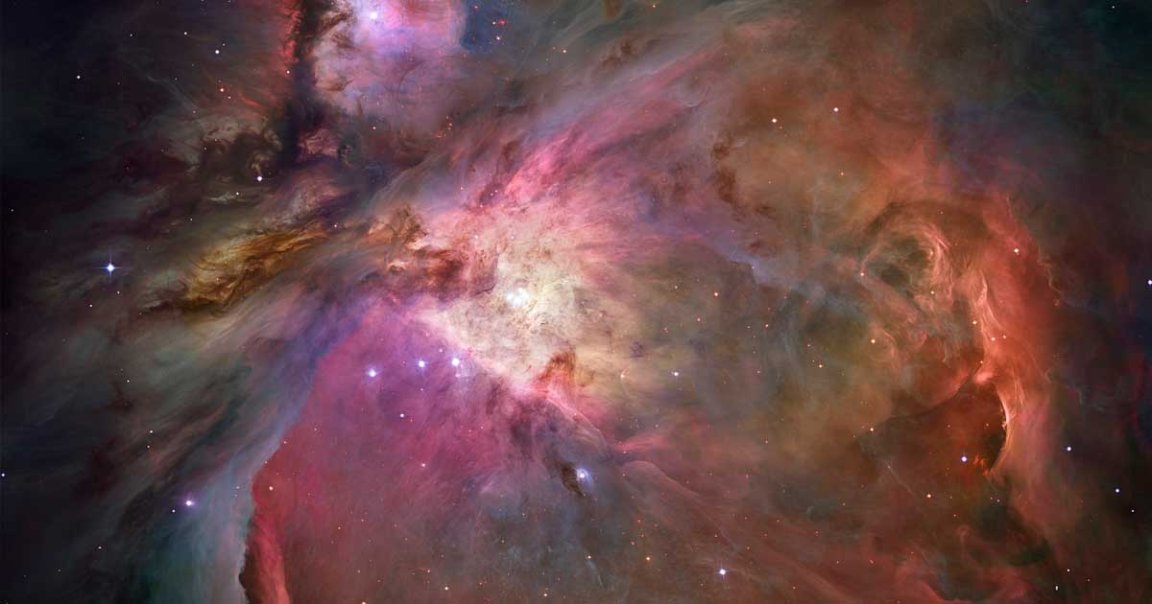
Galaxy clusters have been fascinating astronomers for decades. Often consisting of thousands of galaxies, the clusters are the largest known structures being held together by gravitational forces.
At their centers, astronomers have found some of the biggest and most powerful black holes ever discovered, and high-energy jets of extremely hot particles emanating from these black holes were found to be preventing the formation of stars — which, of course, raised a galactic mystery: where are all the stars coming from?
But now, thanks to data collected by NASA’s Chandra X-ray Observatory and the Hubble Space Telescope, a team of scientists has found that a galaxy cluster called the Phoenix Cluster, some 5.8 billion light years from Earth, is birthing stars at a “furious rate.”
Its black hole seemed to be far weaker than other clusters’ black holes, with trillions of Suns’ masses worth of hot gas cooling around it, allowing the formation of a vast number of stars. Usually black holes have keep those gases from cooling — thereby stopping the formation of stars — by continuously spewing out high-energy jets of particles.
The research could help us understand the life cycle of galaxy clusters and how the supermassive black holes at their centers interfere — and sometimes, seemingly, aid — the formation of stars within them.
A paper of the results was published in The Astrophysical Journal last month.
“Imagine running an air-conditioner in your house on a hot day, but then starting a wood fire. Your living room can’t properly cool down until you put out the fire,” co-author Brian McNamara from the University of Waterloo, Canada, said in a statement. “Similarly, when a black hole’s heating ability is turned off in a galaxy cluster, the gas can then cool.”
In fact, they found that the hot gas was cooling at the same rate as when a black hole stops injecting energy. And that means a huge amount of stars are allowed to be born in regions where the hot gas has cooled sufficiently — in fact, the Phoenix Cluster is forming new stars at 500 times the rate of the Milky Way galaxy, according to X-ray observations made by the Chandra Observatory.
This effect won’t go on forever, though.
“These results show that the black hole has temporarily been assisting in the formation of stars, but when it strengthens its effects will start to mimic those of black holes in other clusters, stifling more star birth,” co-author Mark Voit from Michigan State University said in the statement.
READ MORE: A Weakened Black Hole Allows Its Galaxy to Awaken [NASA]
More on galaxy clusters: Astronomers Just Found the Oldest Galaxies in the Universe